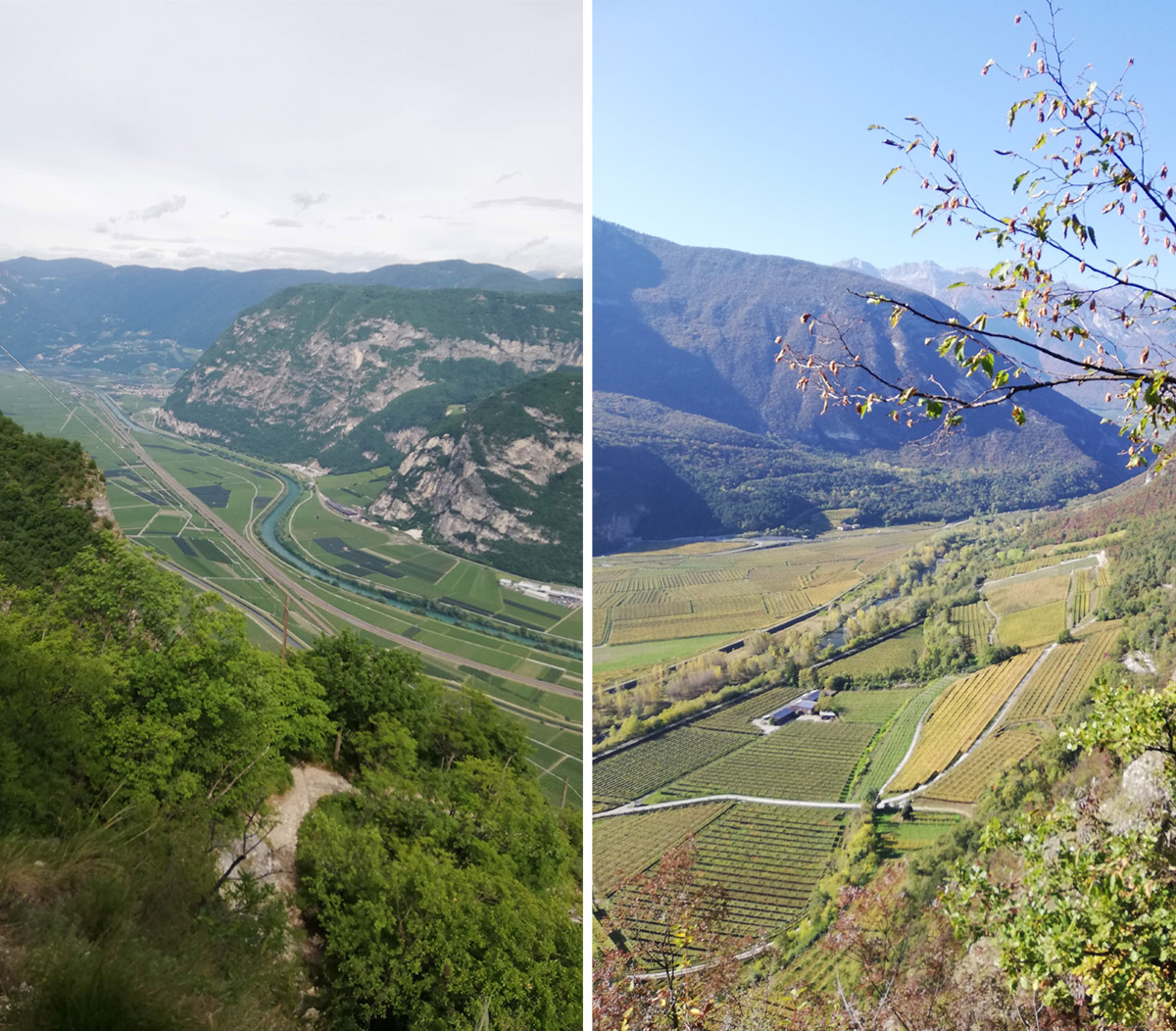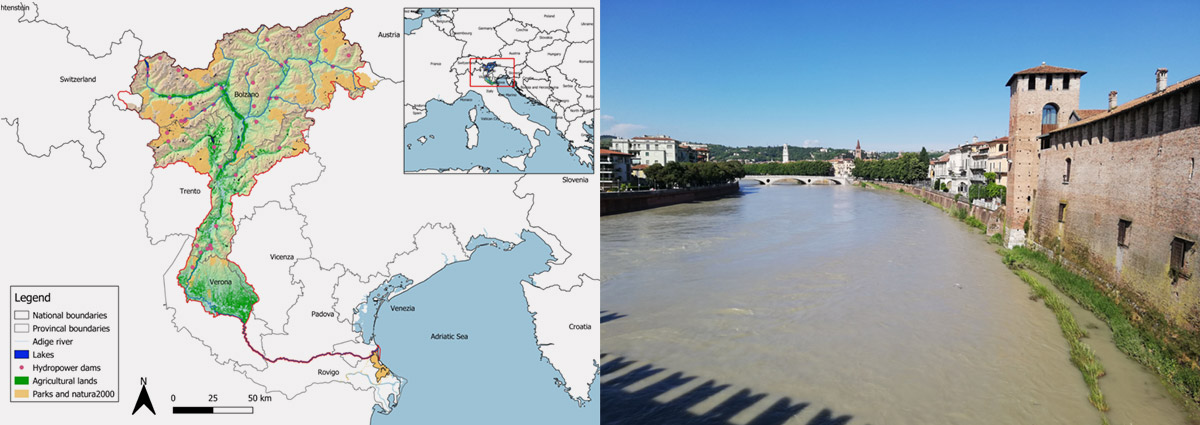
Figure 1. The Adige River Basin (source: Eurac Research)
Description: The Adige CS spans over Italy’s second-longest river: the 409 km long Adige river that comprises a river basin area of 12,100 km2. It flows from its source in the Italian Alps through six provinces in northern Italy before it reaches the Venetian Lagoon and flows into the Adriatic Sea. Within the Adige river basin, economic sectors historically developed on abundant water resources: e.g., 61 hydropower stations in the upper part of the basin produce energy exceeding the provincial energy demands, while the valleys in the upstream mountain provinces are characterised by the intensive apple orchards, which represent more than 15% of European apple production. In addition, winter and summer tourism play an important role in the mountain economy, with an annual population increase of 5-6 times the number of permanent residents. The lowlands, downstream of the province of Verona, are characterised by intensive cultivation, mainly including vineyards and cereals irrigated through water withdrawals. The regional park and its wetland ecosystems sustain fisheries, aquaculture and provide essential protection against saline intrusion and coastal erosion. Moreover, the delta has a high recreation value, being an important touristic destination.
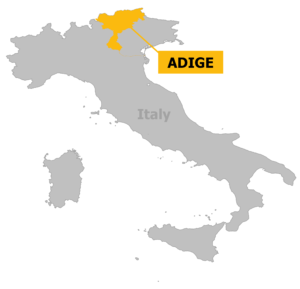
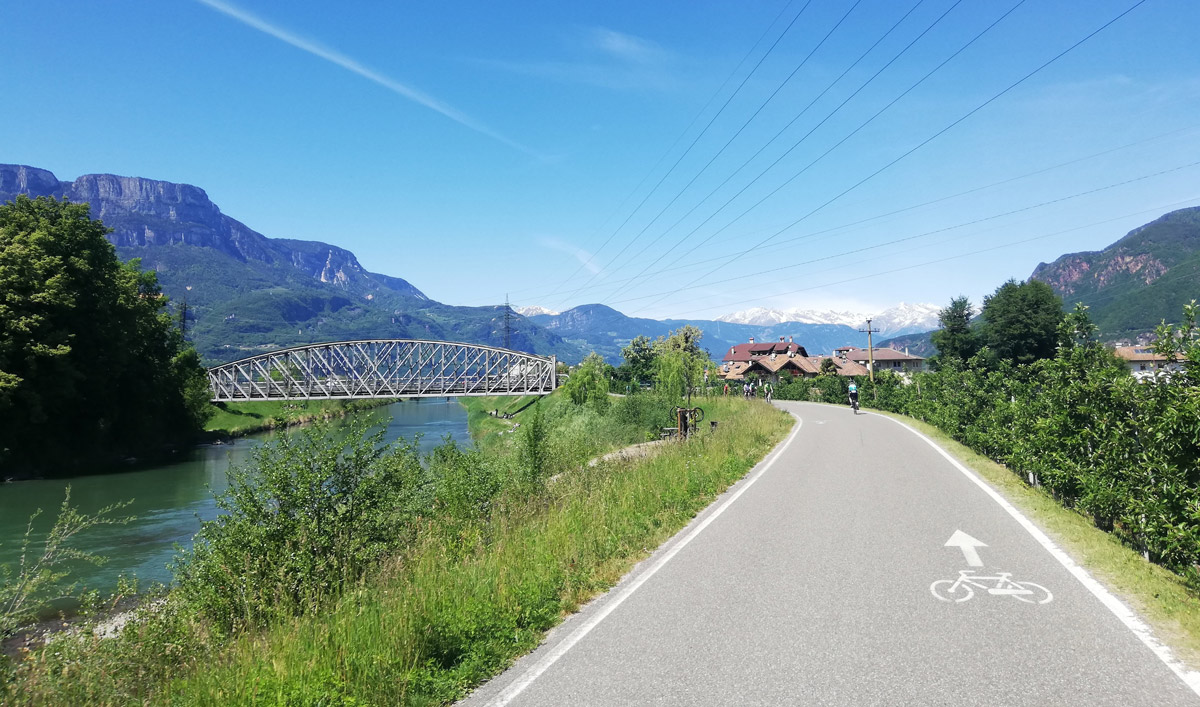
Main nexus issues: The complex and diverse water use situation in the Adige basin leads to disputes and tensions for a multi-sector and geographically equitable water management and governance.
- Hydropower production strongly influences the amount and timing of the Adige river flow for downstream users;
- Future climate-change induces shifts in the river flow regime can further affect seasonal water availability;
- Additionally, tourims affects the total water demands, especially for snow production and accomodation facilities;
- The diverse and opposed interests in water in the upstream and downstream areas are characterised by different cultural, linguistic, economic and legislative autonomy levels.
Thus, the ongoing combination of (i) the climate change effects on temperature, rain and snowfall; (ii) an increasing anthropogenic water demand; and (iii) a lack of trust and synergy among the provinces is already exacerbating water tensions and disputes across sectors and provinces.
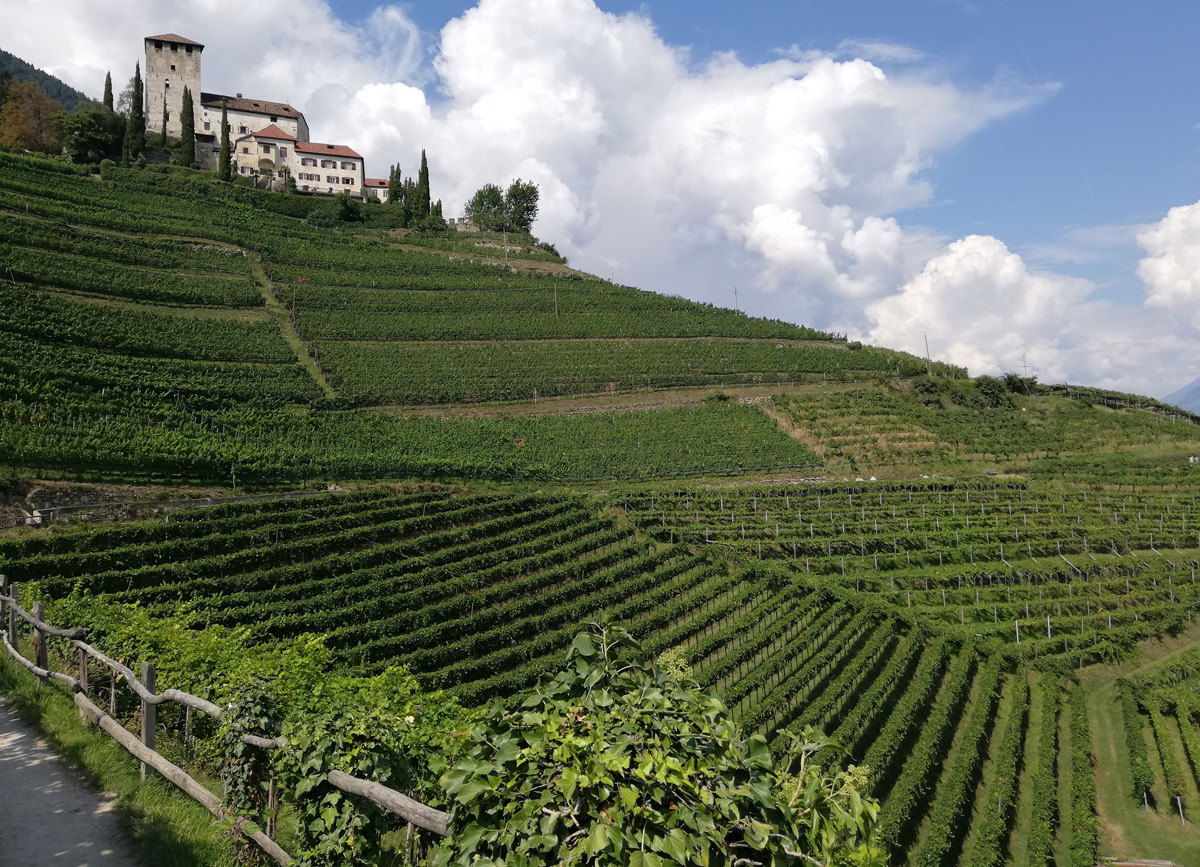
NEXOGENESIS activities in the case study: The Adige case study aims to address strategies to support water management overcoming governance issues of inter-basin trust and collaboration working to:
- Identify current conflicting policies on sectorial water allocation and management at territorial level;
- Identify, map and investigate (formal and informal) power relations among different groups of users and their structural characteristics affecting water governance at the catchment scale, especially during decreasing water availability;
- Build and enhance trust and collaboration among stakeholders to jointly address trade-offs and win-win solutions;
- Improve water availability predictions at short/medium and long time-range, including the climate change effects on temperature, rain, snowfall and glaciers;
- Test beneficial practices in agriculture, under the objectives of greening the CAP, to enhance sustainable and efficient water use, reduce pressure on water resources, and facilitate ecosystem services provision;
- Improve future assessments of sectorial water demands to changing socio-economic conditions.
